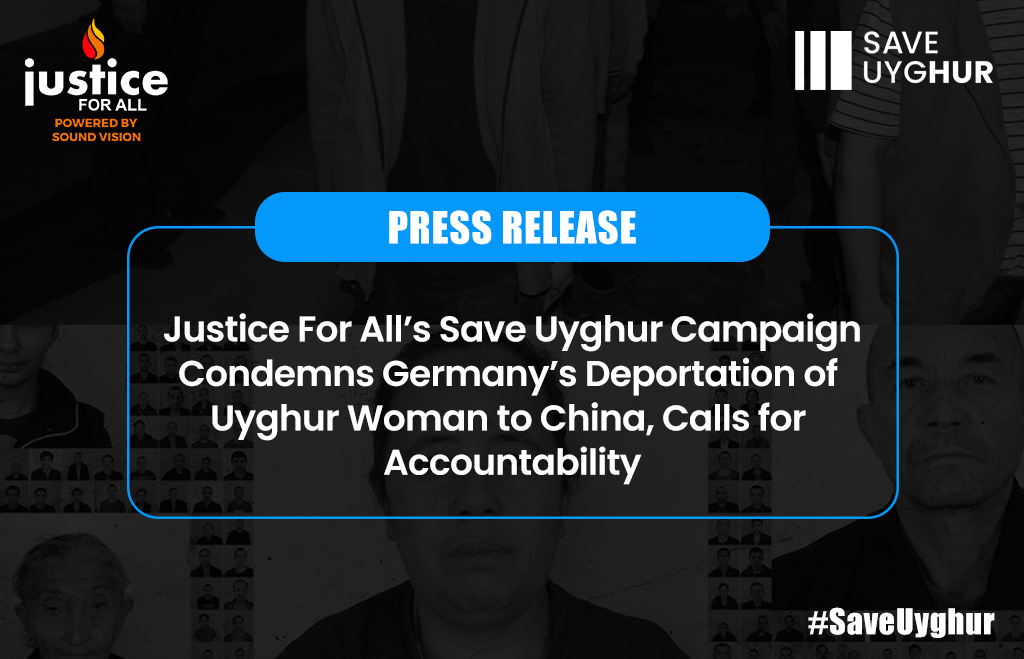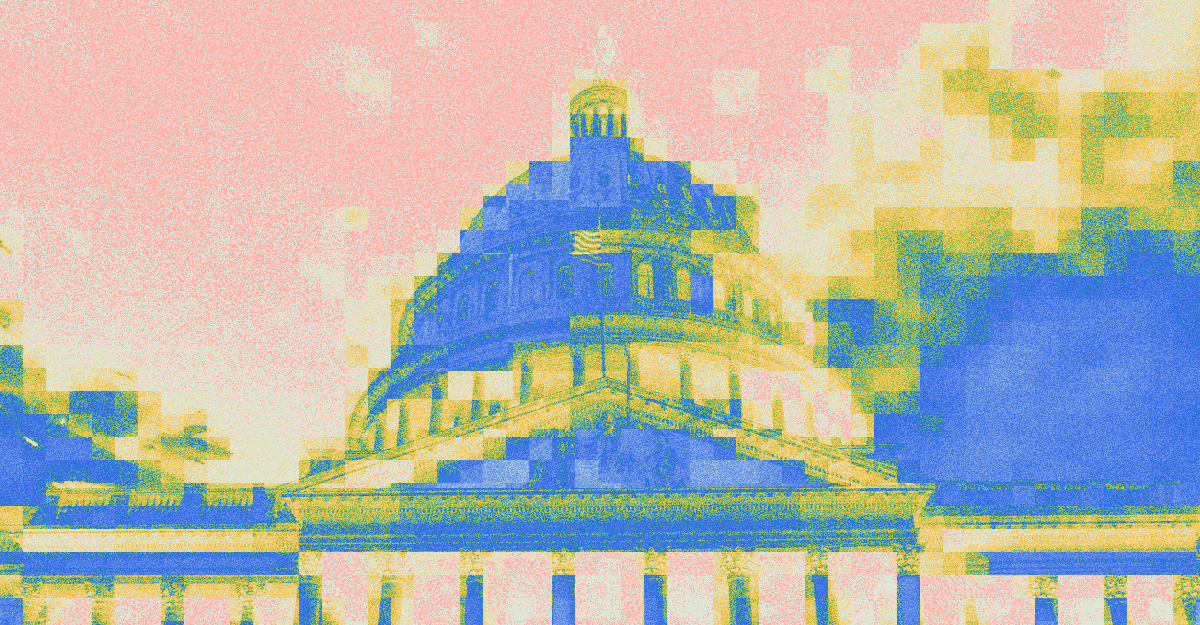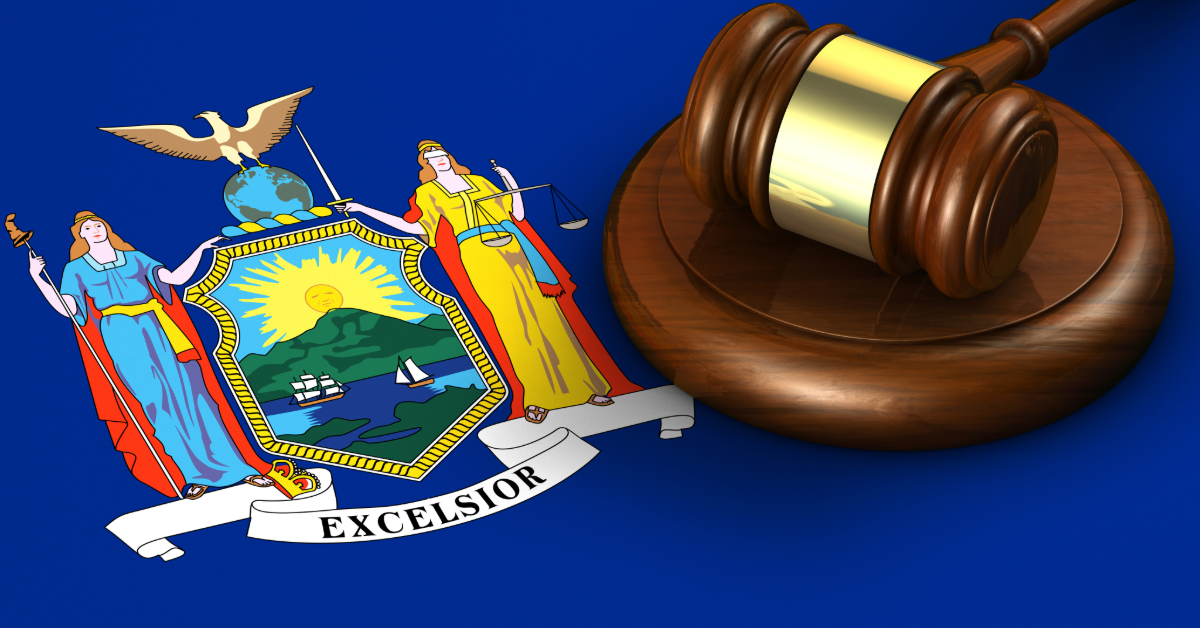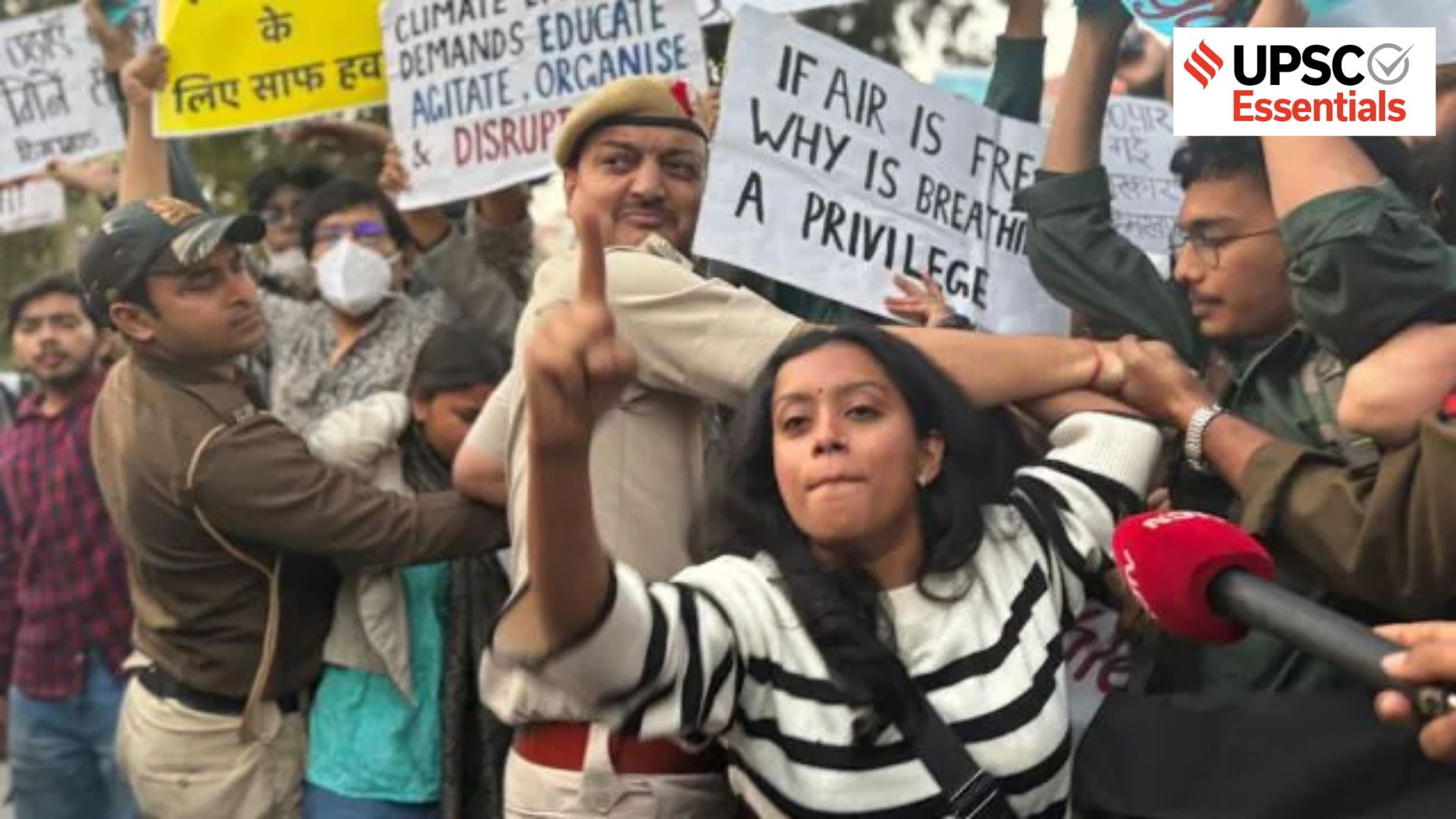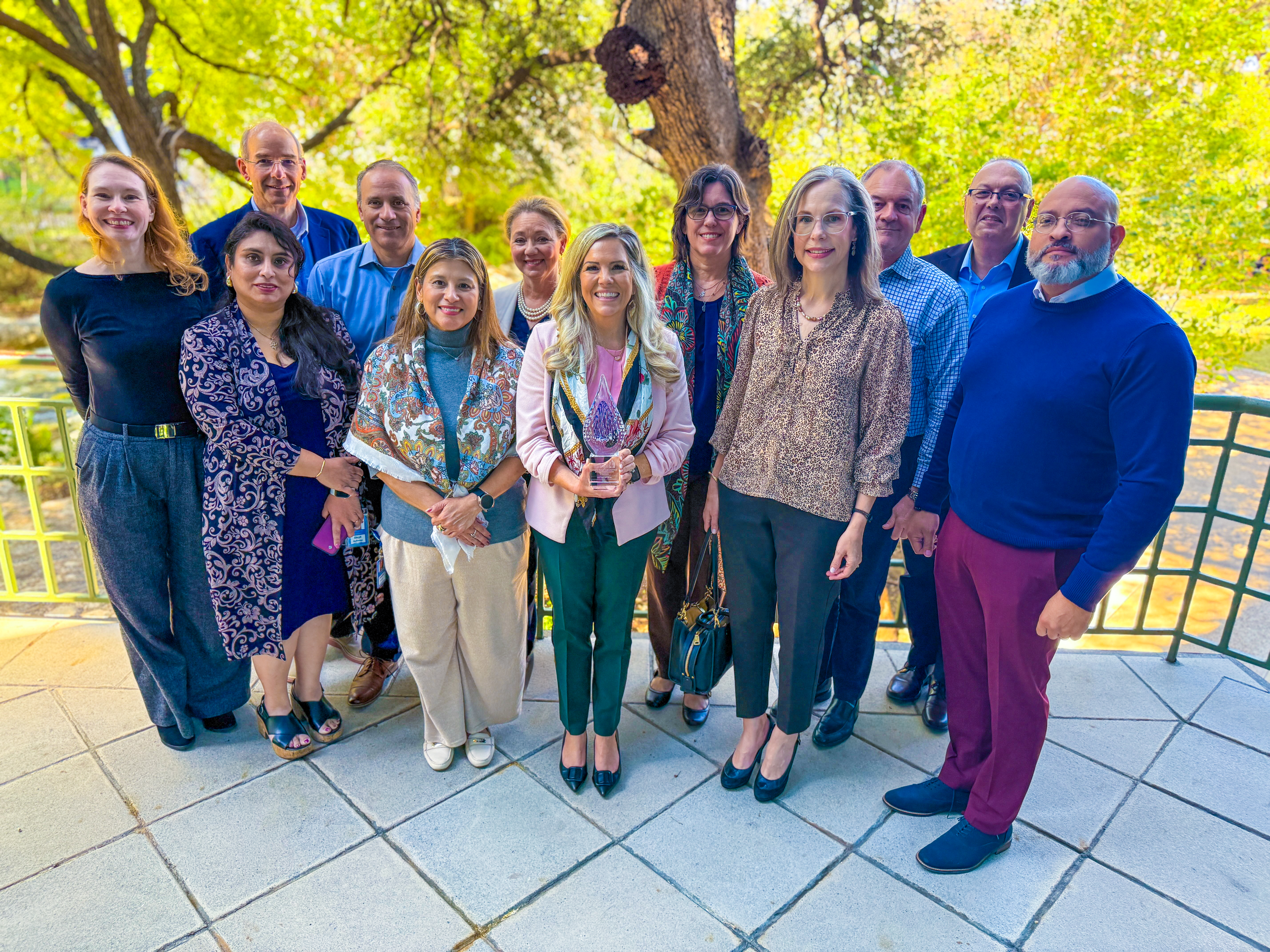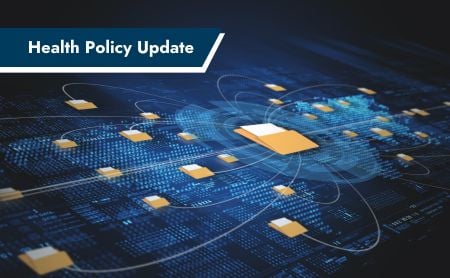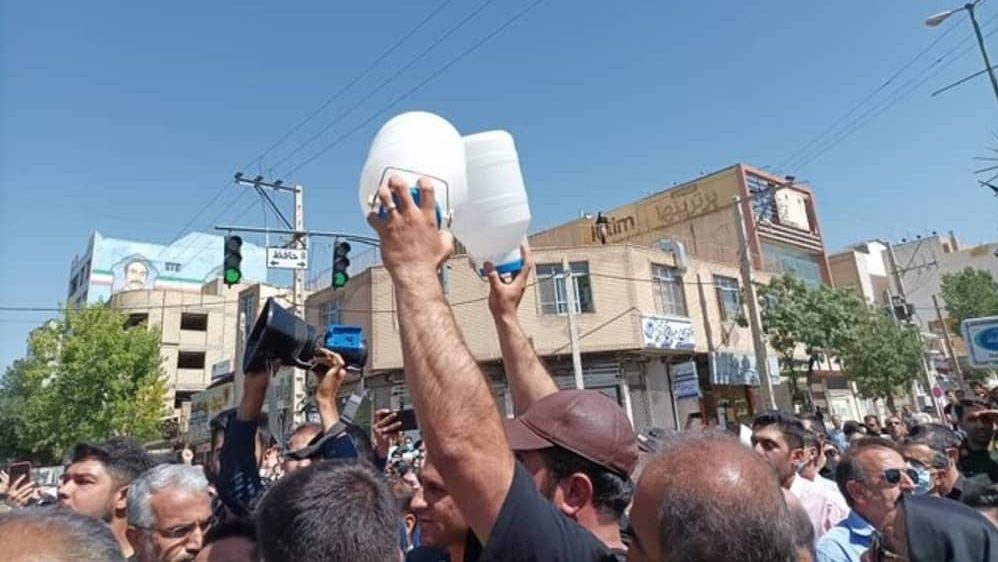Can we engineer our way out of ocean acidification? – cosmosmagazine.com

Report on Ocean Alkalinity Enhancement and its Implications for Sustainable Development Goals
Introduction: A Corporate Partnership Targeting Climate and Ocean Health
In October 2024, a significant partnership was announced between Microsoft and the startup Ebb Carbon, focusing on large-scale carbon dioxide removal through a process known as electrochemical ocean alkalinity enhancement (OAE). This initiative represents a direct corporate response to the interconnected challenges of climate change and ocean acidification, aligning with the objectives of Sustainable Development Goal 13 (Climate Action) and Sustainable Development Goal 14 (Life Below Water). The agreement aims to leverage innovative technology to restore the ocean’s natural capacity to absorb atmospheric CO₂, thereby mitigating a critical environmental crisis.
The Technological Approach and its Economic Context
OAE: Innovation for Environmental Infrastructure
Ebb Carbon’s technology mimics the Earth’s natural geological weathering process, which buffers ocean chemistry. By electrochemically adding alkaline substances to seawater, the system neutralizes excess acid and enhances the ocean’s ability to sequester CO₂. This technological solution is a prime example of progress toward Sustainable Development Goal 9 (Industry, Innovation, and Infrastructure), as it involves creating novel infrastructure designed to address a global environmental problem. Ebb Carbon’s strategy includes integrating its systems with existing facilities like desalination plants, scaling operations to remove billions of tons of CO₂ annually.
The Carbon Removal Market and Corporate Responsibility
The push for OAE is occurring within the context of a rapidly expanding carbon removal credit market, projected to grow from $2 billion in 2023 to over $50 billion by 2030. This growth reflects increasing pressure on corporations to meet net-zero emissions targets, linking to Sustainable Development Goal 12 (Responsible Consumption and Production). While this creates a new economic sector that could support Sustainable Development Goal 8 (Decent Work and Economic Growth), it also raises questions about whether such technological fixes can effectively substitute for fundamental emissions reductions.
Ecological Risks and Governance Challenges to Sustainable Development
Direct Threats to SDG 14 (Life Below Water)
Despite its potential benefits, OAE poses significant and under-researched risks to marine ecosystems, directly challenging the targets of SDG 14. Key concerns identified by marine scientists include:
- Mineral Precipitation: The addition of alkalinity can cause dissolved minerals to solidify, creating cloudy water. This turbidity reduces light penetration, which is critical for photosynthetic organisms like phytoplankton, seagrass, and corals that form the base of marine food webs.
- Particle Ingestion: Solid carbonate precipitates may be ingested by filter-feeding organisms such as mussels, oysters, and whales. This could lead to digestive harm, nutritional deficiencies, and other sublethal impacts, echoing concerns from microplastic research.
- Food Web Disruption: By altering the conditions for primary producers like phytoplankton, OAE could trigger cascading effects throughout the food chain, potentially impacting zooplankton populations, fish recruitment, and the viability of coastal fisheries that communities depend on.
The Governance Gap: A Challenge for SDG 16
A critical issue is the lack of robust international governance for ocean geoengineering. The London Protocol, which regulates marine dumping, addresses the topic vaguely and lacks enforceable guidelines for monitoring, verification, or accountability. This regulatory vacuum creates a significant challenge for Sustainable Development Goal 16 (Peace, Justice, and Strong Institutions), as powerful technologies are being deployed in regulatory grey zones without sufficient oversight or stakeholder engagement. The question of who decides on such interventions and who bears the ecological risk is a matter of environmental justice.
The Path Forward: Balancing Innovation with Precaution and Partnership
The Need for Verification and Accountability
Experts like Dr. David Ho of the University of Hawaiʻi at Mānoa emphasize the critical problem of verification. For OAE to be considered a legitimate contribution to SDG 13 (Climate Action), private companies must be able to prove its effectiveness and long-term carbon sequestration without causing undue harm. This requires the development of transparent and scientifically rigorous monitoring, reporting, and verification (MRV) protocols.
Contrasting Approaches: Technological vs. Nature-Based Solutions
While venture capital flows to technological solutions like OAE, nature-based solutions such as the restoration of seagrass beds, mangroves, and kelp forests receive comparatively less investment. These natural ecosystems sequester carbon while providing numerous co-benefits, including enhancing biodiversity, protecting coastlines, and supporting local livelihoods, thus contributing to SDG 14 and SDG 15 (Life on Land) simultaneously. The preference for engineered solutions highlights a potential imbalance in the global approach to climate mitigation.
Recommendations for Responsible Implementation
To ensure that OAE and similar technologies contribute positively to the Sustainable Development Goals without causing irreversible harm, a cautious and principled approach is necessary. Key recommendations include:
- Prioritize Precautionary Pilot Projects: All field trials must be slow, transparent, and subject to rigorous, independent monitoring to fully understand ecological impacts before considering large-scale deployment.
- Foster Multi-Stakeholder Partnerships (SDG 17): Development and deployment must move beyond corporate agreements to include co-design with local communities, scientists, and policymakers. This aligns with Sustainable Development Goal 17 (Partnerships for the Goals), ensuring that those who may be affected have a voice in the process.
- Develop Strong Institutional Frameworks (SDG 16): International bodies must urgently create clear, adaptive, and enforceable policies to govern marine geoengineering, closing the current regulatory gap and ensuring accountability.
Analysis of Sustainable Development Goals (SDGs) in the Article
1. Which SDGs are addressed or connected to the issues highlighted in the article?
The article discusses issues that are directly and indirectly connected to several Sustainable Development Goals. The primary focus on ocean health, climate change, and technological solutions brings the following SDGs to the forefront:
- SDG 14: Life Below Water: This is the most central SDG. The article’s core subject is ocean acidification, its impact on marine ecosystems (corals, shellfish), and a proposed technological solution (Ocean Alkalinity Enhancement – OAE) to mitigate it. It also touches upon the potential negative impacts of this solution on marine life.
- SDG 13: Climate Action: The article frames ocean acidification as a direct consequence of increased atmospheric CO₂, a key driver of climate change. The efforts by companies like Ebb Carbon are presented as a form of climate action aimed at carbon dioxide removal (CDR) to help meet “net-zero targets.”
- SDG 9: Industry, Innovation, and Infrastructure: The discussion revolves around a “futuristic technique called electrochemical ocean alkalinity enhancement (OAE)” developed by startups like Ebb Carbon and Planetary Technologies. The plan to integrate this technology into existing infrastructure like “desalination plants” directly relates to this goal’s focus on innovation and sustainable infrastructure.
- SDG 17: Partnerships for the Goals: The article highlights the “multimillion-dollar agreement with Microsoft” by Ebb Carbon as a key example of a public-private partnership. It also implicitly calls for partnerships between scientists, private companies, and local communities to ensure responsible development of these technologies.
- SDG 16: Peace, Justice, and Strong Institutions: The article points to a significant governance gap, noting there is “no centralized or binding international regulatory body overseeing ocean alkalinity enhancement” and that existing rules under the “London Protocol” are “vague and with no enforceable guidelines.” This highlights the need for stronger institutions and effective, accountable governance for new geoengineering technologies.
2. What specific targets under those SDGs can be identified based on the article’s content?
Based on the issues discussed, several specific SDG targets can be identified:
-
Under SDG 14 (Life Below Water):
- Target 14.3: Minimize and address the impacts of ocean acidification, including through enhanced scientific cooperation at all levels. The entire article is centered on this target. The development of OAE by Ebb Carbon is a direct attempt to “address the impacts of ocean acidification.” The call for “slow, transparent, and well-monitored pilot projects” reflects the need for “enhanced scientific cooperation.”
- Target 14.2: Sustainably manage and protect marine and coastal ecosystems to avoid significant adverse impacts. The article discusses the threat of acidification to “shell-building creatures (like oysters, mussels, and corals)” and the potential for OAE to cause its own “ecological disturbances,” such as clouded water affecting “phytoplankton, seagrasses, and corals.”
- Target 14.a: Increase scientific knowledge, develop research capacity and transfer marine technology. The work of Ebb Carbon and Planetary Technologies represents the development and potential transfer of new “marine technology.” The concerns raised by scientists like Dr. James Kerry and Dr. David Ho underscore the urgent need to “increase scientific knowledge” about the ecological impacts of OAE.
-
Under SDG 13 (Climate Action):
- Target 13.b: Promote mechanisms for raising capacity for effective climate change-related planning and management. The article’s discussion of the regulatory “grey zones” and the lack of oversight for OAE field trials points to a failure in “effective climate change-related planning and management” for geoengineering technologies. The call for “adaptive policy frameworks” is a direct appeal to build this capacity.
-
Under SDG 9 (Industry, Innovation, and Infrastructure):
- Target 9.5: Enhance scientific research, upgrade the technological capabilities of industrial sectors… and encourage innovation. The article is a case study of this target in action, showcasing startups like Ebb Carbon that are pioneering new technologies and attracting significant funding, such as the “$11 million in funding” raised by Planetary Technologies.
-
Under SDG 17 (Partnerships for the Goals):
- Target 17.17: Encourage and promote effective public, public-private and civil society partnerships. The “landmark carbon dioxide removal agreement” between Ebb Carbon (private sector) and Microsoft (private sector) is a clear example of a partnership aimed at a sustainability goal. The call for “co-design with local communities” also points toward the need for broader civil society partnerships.
3. Are there any indicators mentioned or implied in the article that can be used to measure progress towards the identified targets?
Yes, the article mentions or implies several quantitative and qualitative indicators:
- Indicator for Target 14.3 (Ocean Acidification): The article explicitly provides a measurement for the official indicator (14.3.1: Average marine acidity). It states that “average ocean surface pH has dropped by about 0.1 units,” which represents a “30% increase in acidity.” This is a direct, measurable indicator of the problem.
- Indicator for Carbon Removal (related to SDG 13 & 9): The article provides specific quantitative goals for carbon removal. Ebb Carbon’s plan to scale up from “under 100 tons to 1,000 tons of CO₂ removal per year” and its ultimate ambition to “remove 2 billion tons of carbon per year” serve as clear progress indicators for this technology.
- Indicator for Investment in Innovation (related to SDG 9 & 17): Financial investment is used as an indicator of growth and commitment. The article cites the carbon removal credit market’s projected growth “from $2 billion in 2023 to over $50 billion by 2030” and Planetary Technologies raising “over $11 million in funding.” These figures measure the financial momentum behind these solutions.
- Indicator for Ecosystem Health (related to Target 14.2): While not providing numbers, the article implies indicators for ecosystem health by describing potential negative impacts. These include “reduced light penetration” for photosynthetic organisms, “particle ingestion by marine organisms,” and disruptions to “fish recruitment rates.” Monitoring these effects would serve as an indicator of the technology’s ecological safety.
- Indicator for Governance and Regulation (related to SDG 16): The article implies an indicator through its absence. The statement that there is “no centralized or binding international regulatory body” and that current protocols are “vague” with “no enforceable guidelines” serves as a baseline. The creation and adoption of such a framework would be a clear indicator of progress.
4. Summary Table of SDGs, Targets, and Indicators
| SDGs | Targets | Indicators Identified in the Article |
|---|---|---|
| SDG 14: Life Below Water |
14.3: Minimize and address the impacts of ocean acidification.
14.2: Sustainably manage and protect marine and coastal ecosystems. 14.a: Increase scientific knowledge and develop research capacity and marine technology. |
– Measurement of ocean pH level (drop of 0.1 units, a 30% increase in acidity).
– Health of shell-building creatures (oysters, mussels, corals) and fisheries. – Development of new technologies like Ocean Alkalinity Enhancement (OAE). |
| SDG 13: Climate Action | 13.b: Promote mechanisms for effective climate change-related planning and management. |
– Volume of CO₂ removed (Ebb’s goal of scaling from 100 to 1,000 tons/year, and eventually 2 billion tons/year).
– Existence of adaptive policy frameworks for geoengineering. |
| SDG 9: Industry, Innovation, and Infrastructure | 9.5: Enhance scientific research and encourage innovation. |
– Financial investment in climate tech (Planetary Technologies raising $11M; carbon credit market growth from $2B to $50B).
– Integration of new tech with existing infrastructure (OAE in desalination plants). |
| SDG 17: Partnerships for the Goals | 17.17: Encourage and promote effective public-private and civil society partnerships. |
– Number and value of private-sector partnerships (e.g., Ebb Carbon and Microsoft agreement).
– Level of co-design and engagement with local communities. |
| SDG 16: Peace, Justice, and Strong Institutions | (Implied) Strengthen institutions and governance. |
– Existence of binding international regulatory bodies for geoengineering (currently noted as absent).
– Clarity and enforceability of international laws (e.g., London Protocol). |
Source: cosmosmagazine.com

What is Your Reaction?
 Like
0
Like
0
 Dislike
0
Dislike
0
 Love
0
Love
0
 Funny
0
Funny
0
 Angry
0
Angry
0
 Sad
0
Sad
0
 Wow
0
Wow
0


